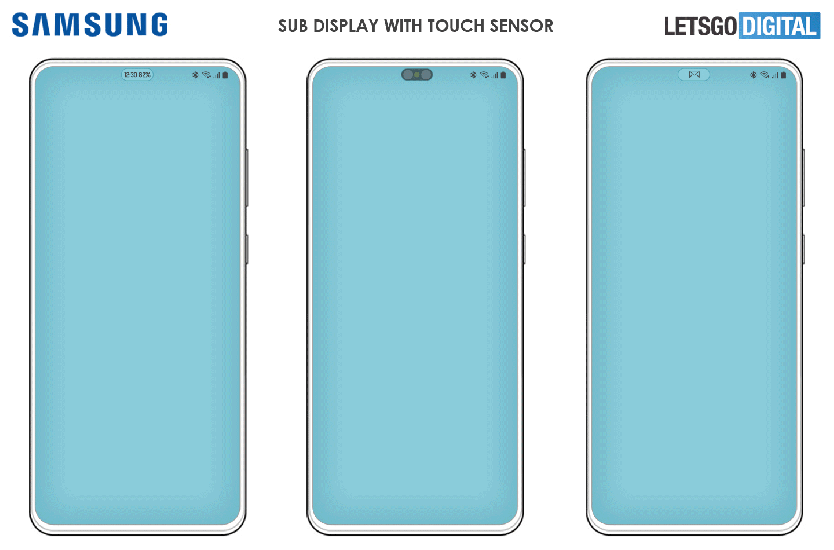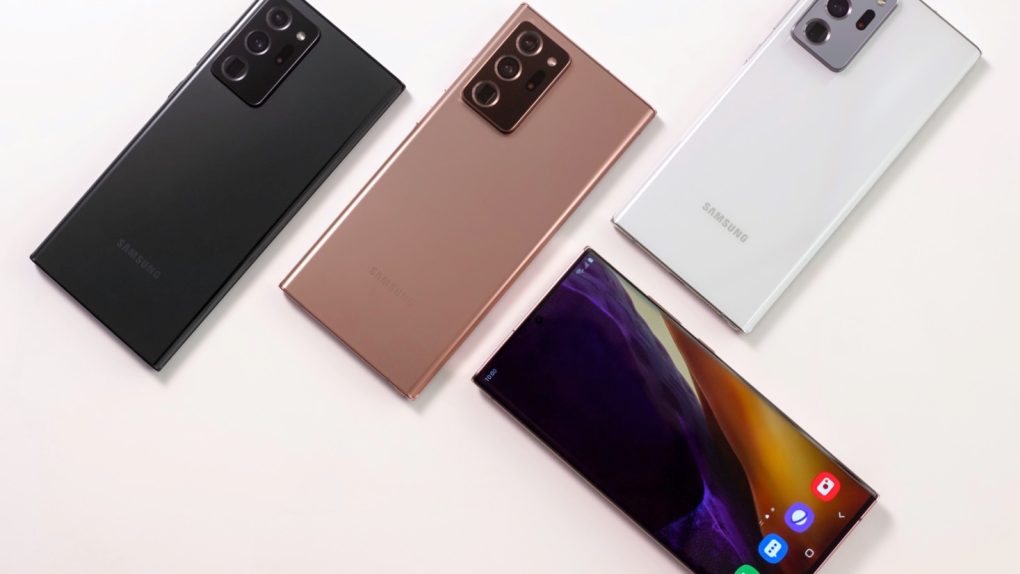- Samsung’s newest display innovation proposes a “sub-display” screen that would move vertically behind the main screen to cover the single-lens or dual-lens camera system at the top of the display.
- The invention would allow Samsung to build a real all-screen display for smartphones without using an under-display camera.
- The technology could be used with any smartphone, from an iPhone with a notch to a Galaxy S with a hole-punch camera.
All smartphones look more or less alike these days. They’re big slabs of glass that cover a large display with tiny bezels. If it’s an iPhone, the screen has a cutout bezel at the top that houses all of the Face ID components. If it’s an Android phone, then there’s no notch, but the screen has a hole at the top that houses one or two cameras. Neither design is perfect, as the ideal smartphone has no notches or holes. The perfect all-screen design is in the making, with several vendors studying under-display camera technology that would allow them to place the selfie cameras under the screen. The problem with this approach is that the photo quality might be impacted. That’s why we haven’t seen many devices with under-display cameras yet, although we’ve seen our fair share of concepts.
Samsung is one of the companies expected to deliver phones with under-screen cameras in the future. But the company has developed a concept screen that could “fix” the iPhone notch without placing several layers of screen and glass over the cameras.
Rather than working on an algorithm for fixing photos and videos captured with an under-display camera, Samsung has come up with a slide-up OLED panel that would cover the selfie camera when not in use. The following animation that LetsGoDigital created from imagery taken from Samsung’s newest patent shows how that secondary display (the sub-display) would work:

The concept is similar to the slide-up camera systems that we’ve seen in recent years. But this time around, it’s a part of the screen that moves around, not the selfie camera. When the camera system is needed, which may comprise one or two lenses and other sensors, the secondary display is lowered. At all other times, the display can be raised to block the camera permanently. That means the camera can’t be used while the cover is on. But the contraption would also allow light to travel freely to reach the camera.
The secondary display could move automatically when the camera is invoked. The side button could also control the sub-display. The touch screen of the sub-display would also allow the user to interact with the movable part of the screen and manually initiate movement.
The second display can also display information, like notifications, time, or battery status.

Finally, the patent documentation indicates the screen can be used with an S Pen stylus. That’s not necessarily a surprising feature for a display-related Samsung innovation. The Galaxy S21 Ultra will be the first non-Note flagship to support the S Pen. It’s likely other Samsung devices will follow, including handsets with foldable screens and phones with “sub-displays.”
Samsung’s sub-display innovation might seem revolutionary and might have some potential. However, there’s an obvious problem with the contraption, and that’s durability. We’re not just looking at a sliding mechanism that has to move up and down thousands of times and do it flawlessly. We’re also looking at an opening into a phone that might allow debris and water to get into the phone, which could interfere with other components, including the main screen and the sub-display mechanism. Let’s not forget that recent history showed that Samsung hasn’t always considered what debris might do to a screen in real-life scenarios.
As with other patents, there’s no telling if the Samsung sub-display technology will ever see the light of day in the near or distant future.








